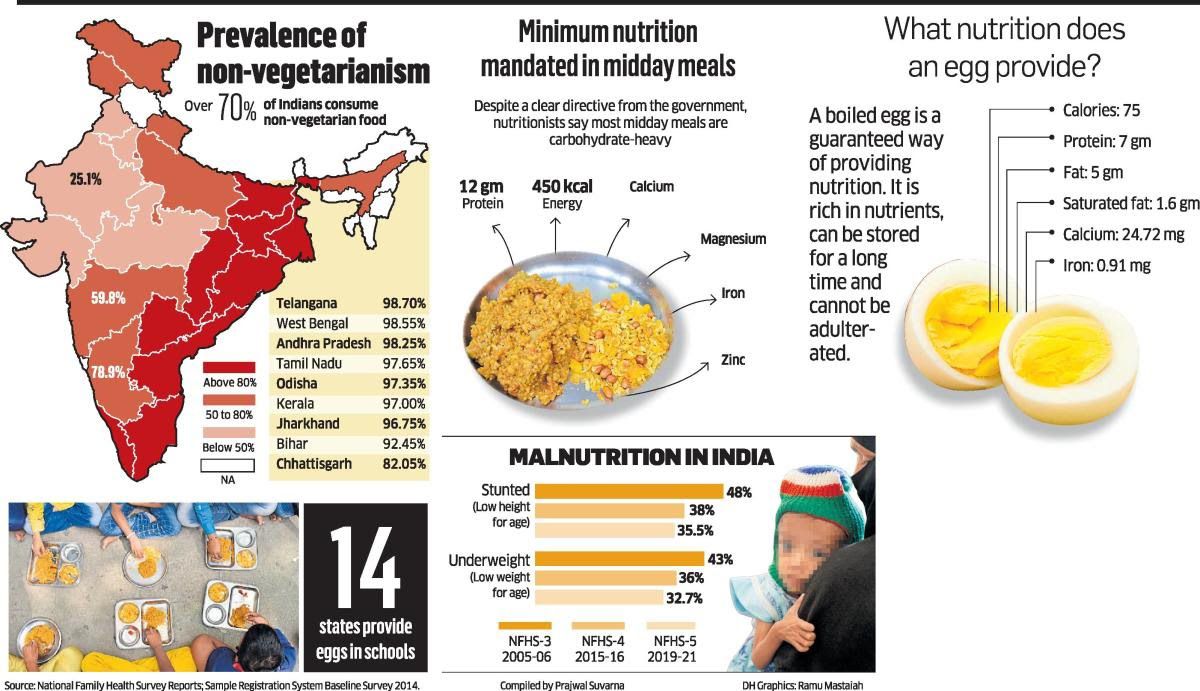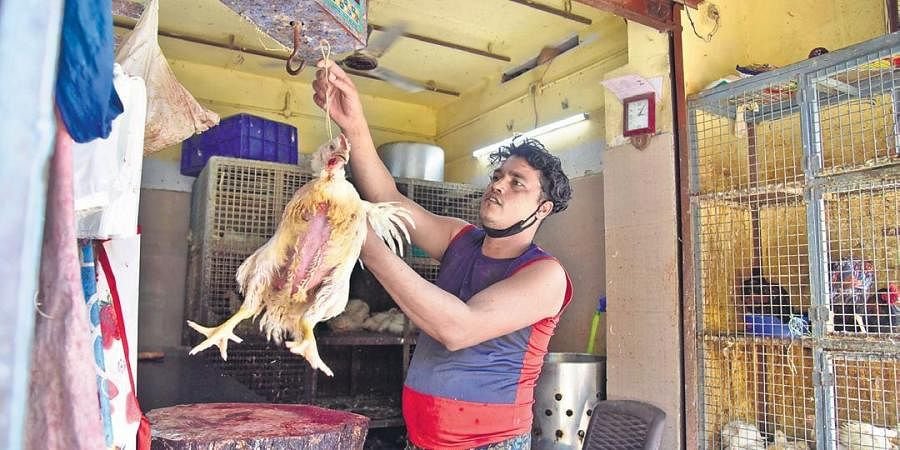POULTRY MANAGEMENT AND BIOSECURITY MEASURES

In the last few decades, poultry industry has grown tremendously all over the world. Consumption of chicken has increased due to its versatility as a food,and considered as healthier meat than others. As poultry industry progressed, disease outbreaks and its associated challengeshave become more common and costlier to manage. Recently, the Newcastle disease (ND), low pathogenic avian influenza (LPAI) and high pathogenic avian influenza (HPAI) have become endemic, resulting in heavy losses to poultry industry. During disease conditions, poultry farmers rely more on medication and vaccination for control measures.This is associated with highcosts,and often success is not guaranteed. Strict biosecurity measures along with vaccinations are adopted to control some contagious poultry diseases, as vaccination alone is not enough to control diseasesinfield conditions.
Biosecurity refers to the management practices aimed at excluding or reducing the transmission and spread of diseases to animals, humans or an area from the diseasecausing agents. “Bio” refers to life, and “security” indicates protection. Biosecurity is the key factor for better chicken health and profitable poultry production. It is accomplished by maintaining the poultry shed in such a way that there is nominal traffic of biological organisms (viruses, bacteria, rodents, etc.) across its borders. Biosecurity is the most cost-effective means of disease control management and defined as ‘informed common sense’. Biosecurity is based on two fundamental principles:bio-exclusion,“preventing the introduction of a disease agent onto a farm” and bio-confinement, “preventing the spread of a disease agent onto a farm” (Fig. 1).Thus, biosecurity has become the huge factor for minimal loss for poultry stakeholder and emerged as a phenomenon for poultry farming.
Figure1: Principles of Biosecurity
MAJOR ROUTES OF DISEASE TRANSMISSION
Disease transmission in a farm is an important factor in biosecurity studies. Some studies have stated that about 90% of diseases are transmitted from one farm to another farm through contaminated people, poultry farm equipment’s and farm vehicles. There are some examples of direct transmission through ovarian transmission (Mycoplasma gallisepticum), egg shells penetration (Salmonella spp.), water borne disease (Escherichiacoli) and airborne transmission (Mycoplasma gallisepticum). But the chances are very low through airborne transmission. Stability of poultry disease in the environment is also a major factor for disease transmission. The routes of disease transmission details are given in Table-1.
Table1: Some examples of agents for disease transmission in a farm
|
AGENTS |
REASONS |
|
Poultry |
|
|
Other animals |
|
|
People |
|
|
Equipment |
|
|
Vehicle |
|
|
Air |
|
|
Water Supply |
|
|
Feed |
|
|
Litter |
|
FARM STANDARDS FOR COMPLETE BIOSECURITY
Biosecurity measures depends upon the farm modality and standards (Figure-2). The farm standards redefine the easy steps for bio-security which is described as follows.
- The poultry production area must have well developed fence or boundary, defining biosecurity zone.
- If there is mixed farming or grazing area, there must be well defined grazing areas for other animals that must not be linked with poultry production system.
- Provision for separate clothes and boots for visitors.
- Footbath area should exist in farm entrance for individuals, vehicles and all otherentries.
- Well-developed drainage system.
- Poultry house must be designed or maintained in such a way that minimal entry of wild birds and access to vermin is observed.
- Routine biosecurity procedures.
- Drinking water and cooling water supplied in poultry shed must meet poultry water standard.
- Only commercial poultry should be kept in production areas not other species.
- Better storage facility for feed.
- Separate weighing machine for the production areas.
- During rearing period, minimum 15-30 days gap for broiler flock, 1.5-2 months gap for layer flock and 1.5-2 months gap for breeder flockshould be maintained.
ROUTINE BIOSECURITY PROCEDURE
Routine biosecurity measures to maintain the poultry farm are discussed as follows.
- Farm workers should wear neat and clean clothes, and boots.
- Hand sanitizer should be used prior to house entry and upon exit.
- Farm workers should not entertain or contact with outside farm birds.
- Visitors on farms should be discouraged, especially contract persons like veterinarians and service providers. Visitor guidelines should be properly mentioned outside and inside the farm.
- Avoid allowing pets, wild birds and livestock inside the farm.
- Spraying disinfectants inside the farm should be done thrice a week; in diseased condition once or twice a day depending on the nature of disease.
- Spraying of disinfectant in vehicles of visitors should be strictly done.
- Treated water should be used if there is provision of surface water or during diseased condition.
- Before entry of chicks, farm should be properly disinfected and fumigated.
- Hatched eggs should be properly disinfected.
- Workrooms should be maintained clean.
- Sharing farm equipment’s likepoultry birds in cages should be avoided. Effective way of cleaning and disinfection of equipment must be taken care between farms.
- Routine maintenance of farm should be conducted whenever possible.
- Litter delivery and collection of used litter – trucks carrying new or previous litter must be cleaned and disinfected between production areas.
- Other delivery vehicles (e.g. gas, chicks, prepared flocks, eggs and feed) anddriversshould not be allowed to enter in farms.
CONCLUSION
As introduction of pathogenic organism causes serious economic loss to the poultry producers and farmers,securing the poultry flocks and farms from harmful pathogenic agents(microorganism) plays a vital role in poultry production.By implementing the biosecuritystepsat all the stages of farming will help to avoid outbreak of diseases. The practice of biosecurity measures is a beneficial approach to the poultry industry.
Source: KEMIN






